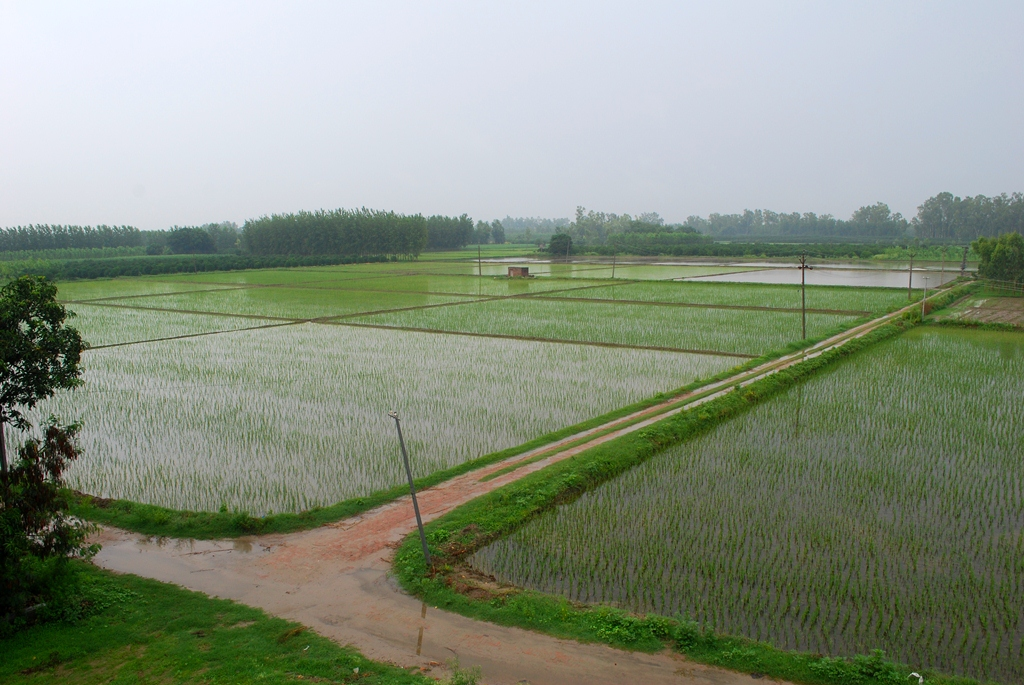
India, a land of diverse climates and varied geographical features, has always faced the challenge of efficiently managing its water resources. The Green Revolution, a period of agricultural transformation that began in the 1960s, brought about significant changes in farming practices, crop yields, and food security in India. One of the critical factors contributing to the success of this revolution was the strategic focus on water storage and irrigation infrastructure. This article delves into the role of water storage in India’s Green Revolution, highlighting its importance and impact.
The Green Revolution: A Brief Overview
The Green Revolution in India was spearheaded by the introduction of high-yielding variety (HYV) seeds, chemical fertilizers, and advanced farming techniques. This agricultural movement aimed to increase food production and reduce dependency on food imports. The states of Punjab, Haryana, and Uttar Pradesh became the epicenters of this revolution, witnessing remarkable growth in crop yields, particularly wheat and rice.
The Importance of Water Storage
Water is the lifeblood of agriculture, and efficient water management is crucial for sustaining high crop yields. During the Green Revolution, India recognized the need to develop robust water storage and irrigation systems to support the increased demand for water-intensive crops. The construction of large reservoirs, canals, and tube wells became pivotal in ensuring a consistent and reliable water supply to farmers.
Reservoirs and Dams: The construction of reservoirs and dams played a vital role in storing rainwater and river water, which could be used during dry periods. Major dams such as the Bhakra Nangal Dam, Hirakud Dam, and Nagarjuna Sagar Dam were built to store vast quantities of water. These reservoirs not only provided irrigation water but also generated hydroelectric power, contributing to rural electrification and overall development.
Canal Irrigation: Canal systems were expanded and modernized to transport water from reservoirs to agricultural fields. The Indira Gandhi Canal, for instance, transformed the arid regions of Rajasthan into productive farmland. Canals ensured that even remote areas had access to water, reducing the dependency on erratic monsoon rains.
Groundwater Utilization: The Green Revolution also saw a significant increase in the use of groundwater through tube wells and bore wells. This allowed farmers to access water directly from underground aquifers, providing a reliable source of irrigation. However, over-extraction of groundwater in some regions has led to concerns about sustainability and depletion of water tables.
Impact on Agricultural Productivity
The enhanced water storage and irrigation infrastructure had a profound impact on agricultural productivity. Farmers could now cultivate multiple crops in a year, leading to increased food production and higher incomes. The adoption of HYV seeds and chemical fertilizers, coupled with reliable water supply, resulted in record harvests and self-sufficiency in food grains.
Conclusion
Water storage and efficient irrigation played a pivotal role in the success of India’s Green Revolution. The development of reservoirs, canals, and groundwater utilization ensured a reliable water supply, enabling farmers to achieve high crop yields and food security. However, as we move forward, it is crucial to adopt sustainable water management practices to address the challenges posed by the over-exploitation of water resources. By doing so, India can continue to build on the legacy of the Green Revolution and ensure a prosperous and resilient agricultural sector for future generations.


